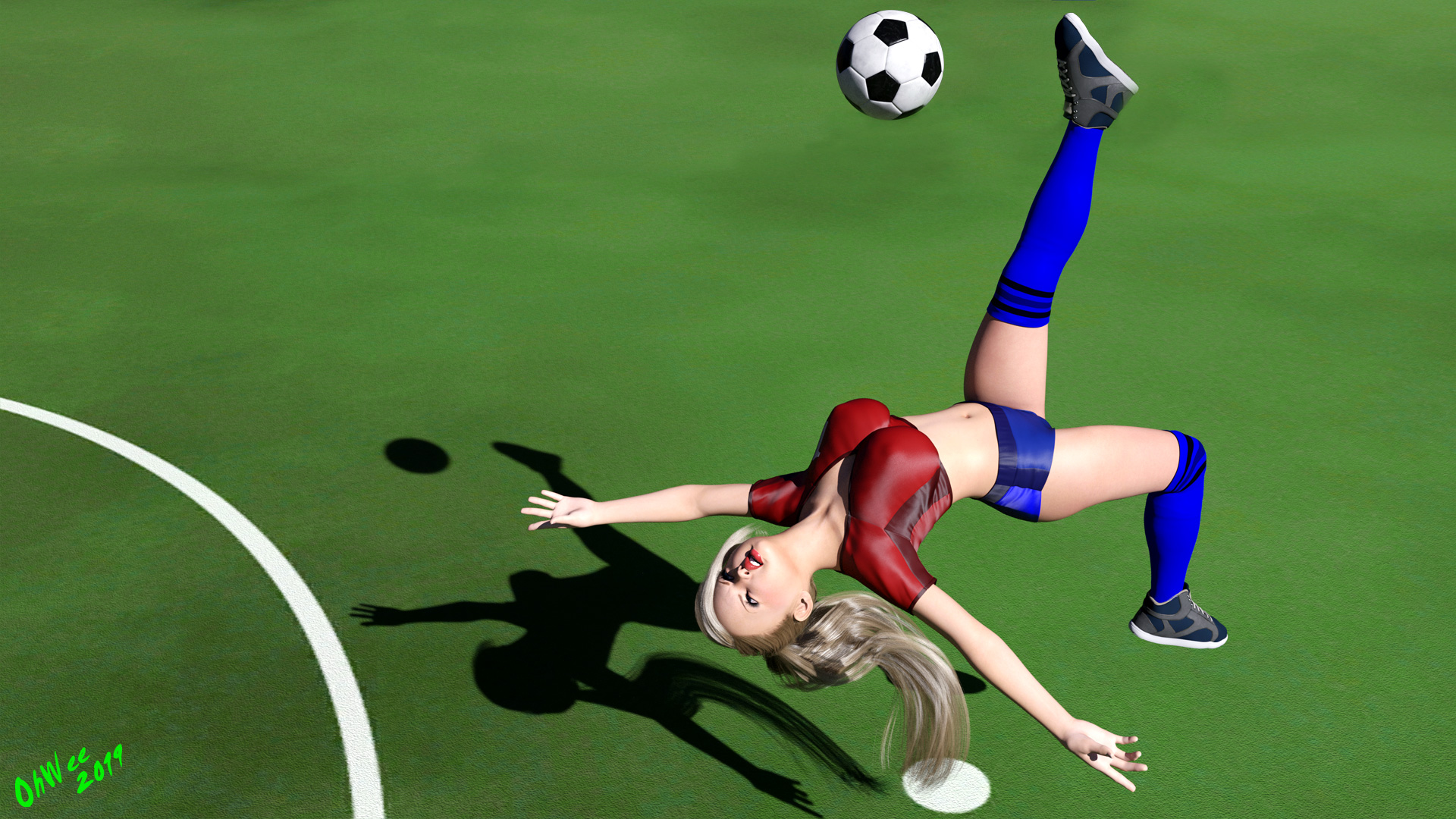Wow.. thanks for the advice.. never tought about that to compare futures DAZ scenes with movies etc..
That was my plan.. to start with others work, steal some experince from others and than form my own way.
Thank you again!
I'm lazy when it comes to lighting these days. A reason why a lot of the stuff I do outdoors is that there are a lot of cool outdoor HDRI's out there.
You must be registered to see the links
has a bunch of free HDRIs. A few of these are indoor situations, but they work best in outdoor situations, or where you need an outdoor environment that is providing light through a window or something.
I've done the specific light setup too, without HDRIs, but I've grown lazy in my old age.
Thanos247 and
lexx228 spend more time on their lighting than I do for the most part, at least as far as I can tell, and it shows in the quality of their renders.
Anyways, working with HDRIs can give you some pretty good results, so especially for beginners that want to feel good about their first batch of renders I recommend the HDRI route.
BTW, if this is greek to you, under Render settings/Environment there is an environment map slider. This is where you'd load your HDRI map, similar to how you do textures for models. Then set to 'dome + scene' and the HDRI will appear in the background. You may need to fiddle with camera angles and perhaps dome rotation a bit to get it to look right.
Sometimes I'll flip on the headlamp on the camera and set it to a really low intensity, say .05-.25, to get the skin textures facing the camera to pop a bit better, or I may add a light or two to augment the HDRI lighting, but often I'm happy with 'just' the HDRI lighting, at least for my rendering style.
HDRIs provide 360 degree lighting, with darker areas of the background providing less illumination, which is why they tend to look more natural. You can also add a ground plane or foreground environment if you don't want to deal with fiddling with ground angles as much. Also, if working with the HDRI only, make sure ground shadow is set to on, so that there is a shadow under your character at 'ground level'. You can 'hide' the dome and still get the light from the dome, with a 'transparent' shadow on the ground, say if you wanted to put a gradient background behind the character in Photoshop or something.
Anyways, you should master the other lighting techniques too, but HDRIs can be real timesavers.


